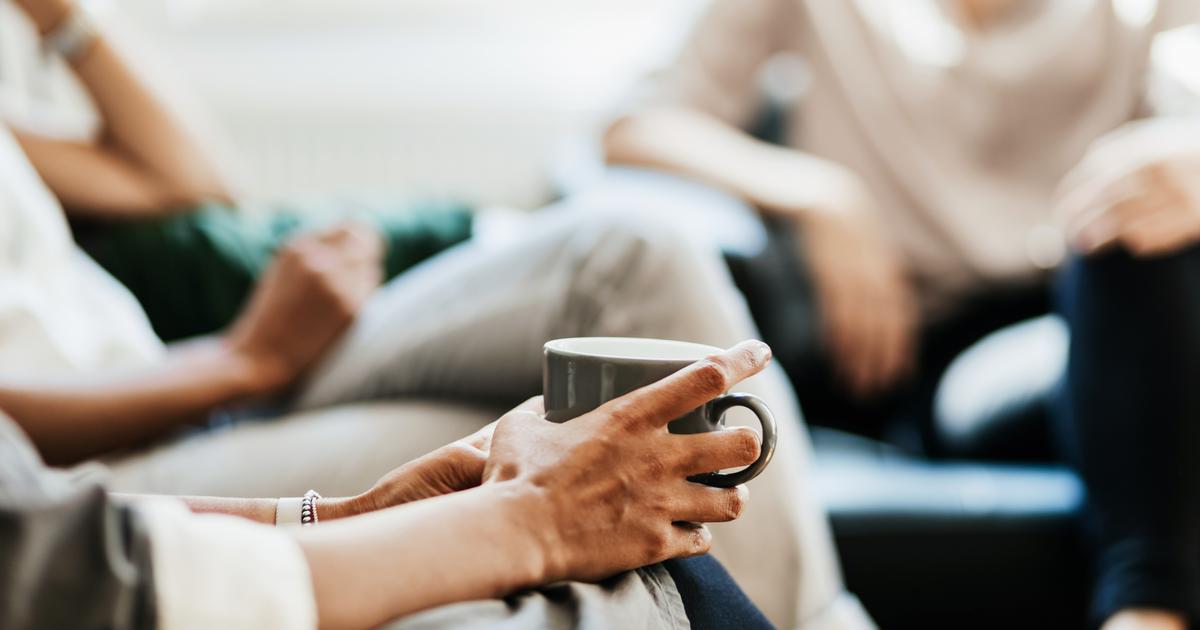Small, black, tart, strong: espresso.
Anyone who prefers caffeine-free enjoyment can now find a whole range of decaffeinated espresso varieties on the market.
The test selects the best.
Note to our readers:
We create product comparisons and deals for you.
To make this possible, we receive a commission from partners.
This changes nothing for you.
Sure, an espresso is not only drunk as a pick-me-up in Italy.
But what if you avoid caffeine for health reasons or belief?
Then decaffeinated espresso is an ingenious solution.
But does it taste good at all?
The coffee experts from the test platform
Kaffeebratentest.de
took on this challenge and tasted various espressos.
Stiftung Warentest also took a close look at coffee beans for filter coffee, lungo & co.
Decaffeinated espresso or coffee: what is the difference?
As with “normal” coffee, espresso and roasted coffee differ in how they are made.
Coffee beans for espresso are roasted longer and stronger, which on the one hand gives them their typically strong aroma, but on the other hand also removes acidity.
Roasted coffee is roasted at lower temperatures for a shorter period of time, giving it a balanced aroma with a slight acidity.
However, the coffee is only half the battle, because preparing the perfect espresso requires a few tricks.
This also applies to the best decaffeinated coffees for portafilter or coffee machines in our test.
Did you know?
Although espresso tastes stronger, it has less caffeine than regular coffee.
The reason: With espresso, the water is pressed through the relatively fine powder at very high pressure.
Although this releases all the aromatic substances, it does not release as much caffeine as is the case with a slower brewing process, for example in a filter coffee machine.
What is the best decaffeinated espresso?
The test carried out by the experts at
coffee-beantest.de showed
across the board: When it comes to decaffeinated espresso, make sure you pay attention to the quality – and it simply costs a few euros more.
Depending on the process, different solvents are used during decaffeination.
With cheap products, unfortunately, it cannot be ruled out that harmful residues remain in the beans after the decaffeination process.
Decaffeinated espresso from Illy in the test: the stomach-friendly
+
illy espresso decaf.
Beans 250 g
© illy
For many coffee connoisseurs, the white lettering on a red background from the Italian family company Illy stands for
the
ultimate espresso.
Like the testers, they appreciate the harmonious aroma of the special espresso blend, which contains only selected Arabica beans.
Floral, slightly sweet note, with hints of caramel, chocolate and toasted bread
🟤 Aroma of the beans corresponds to a medium
roast 🟤 Particularly easy on the stomach, with a caffeine content of less than 0.05 percent
🟤 Mixture: 100% Arabica
🟤 Whole beans
Order from Amazon
Lavazza Caffe Decaffeinato: decaffeinated espresso with a chocolate note
+
Lavazza Caffè Decaffeinato 2 x 500g Pack
© Lavazza
Various Arabica and Robusta varieties from all over the world are put into the bag for this special roast by the traditional Italian company.
If you prefer it mild, this full-bodied roast is the best choice.
Also ideal for “espresso newcomers”.
🟤 Medium-strong roasted aroma with nuances of honey, chocolate and almonds
🟤 Particularly balanced aroma
🟤 For fully automatic machines and
portafilters 🟤 60% Arabica, 40% Robusta
🟤 Whole beans
Order from Amazon
Kimbo espresso decaffeinated: the crema winner in the test
+
Caffè Kimbo Espresso Decaffeinato as pods
© Kimbo
The authentic coffee from Napoli convinced the testers with its balanced body and thick crema.
And in practical coffee pad form.
🟤 Medium
roast 🟤 Slightly sweet, with the classic Italian aroma
🟤 First-class crema
🟤 85% Arabica, 15% Robusta
🟤 Coffee pods
Order on eBay
How is decaffeinated coffee made?
Decaffeinated coffee has been around since 1906.
Ludwig Roselius, the founder of the Kaffee Hag roastery, succeeded for the first time in removing the caffeine from coffee beans.
The Roselius process, named after him, has long been used as the standard for decaffeinating, but the benzene used in it turned out to be harmful to health.
Since then, there have been far better established methods of removing caffeine from beans.
1. Direct procedure
Here, the beans are treated with steam for half an hour, then they take a bath in solvents for about 10 hours, with ethyl acetate being the most commonly used solution today.
Since it is obtained from fruit, among other things, the end product can bear the name "naturally decaffeinated" coffee.
2. Indirect method
In the indirect process, the coffee beans are boiled in hot water, just like with normal coffee brewing.
All water-soluble ingredients dissolve in the process.
Ethyl acetate is then added to this solution to extract the caffeine.
New beans are then boiled in this caffeine-free solution.
This only removes the caffeine from the new beans, but not the aroma.















